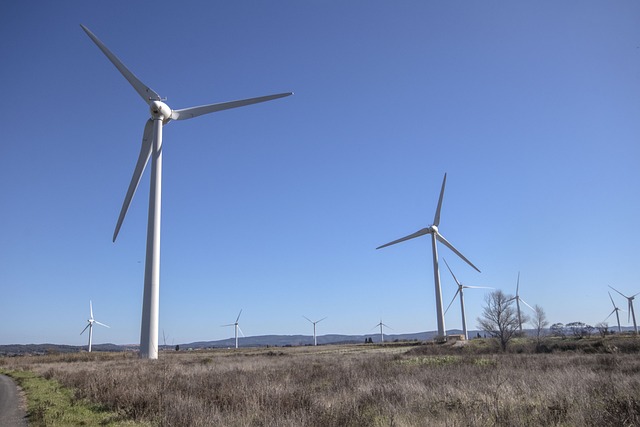Green architecture in real estate offers significant advantages by slashing operational expenses through energy-efficient systems like solar panels, LED lighting, and smart thermostats, while promoting natural ventilation, daylighting, and water conservation. Long-term savings from lower energy consumption offset initial investments, and government incentives further encourage sustainable construction. This trend benefits investors, tenants, and the environment, creating cost-effective, eco-friendly properties that command higher resale values and attract sustainability-focused buyers or tenants.
In today’s competitive real estate market, property managers and developers are increasingly turning to green strategies for a competitive edge. Lower maintenance costs and reduced environmental footprints are no longer secondary concerns but core drivers of success. This article explores how green architecture and sustainable landscaping can significantly cut operational expenses while minimizing the ecological impact. Through case studies and insights into innovative technologies, we delve into the financial and environmental benefits that make eco-conscious real estate a prudent choice.
The Role of Green Architecture in Reducing Operational Expenses

Green architecture plays a pivotal role in slashing operational expenses within the real estate sector. Buildings designed with environmental sustainability in mind often incorporate energy-efficient systems, such as solar panels, LED lighting, and smart thermostats. These technologies significantly reduce electricity bills, making them a sound investment for property owners. Furthermore, sustainable design principles emphasize natural ventilation, daylighting, and water conservation, which not only cuts utility costs but also enhances the health and productivity of occupants.
The long-term savings from reduced energy consumption offset the initial investment in green building materials and practices. Moreover, many governments offer incentives like tax breaks and rebates to promote environmentally friendly construction. This financial encouragement further motivates real estate developers and investors to embrace sustainable architecture, ultimately leading to a more cost-effective and eco-friendly built environment.
– Explore how energy-efficient designs and sustainable materials can decrease utility bills.

In the realm of real estate, energy-efficient designs and sustainable materials are transforming properties into cost-saving oases. By embracing innovations like LED lighting, smart thermostats, and efficient appliances, homeowners can significantly decrease their utility bills. These upgrades not only reduce monthly expenses but also contribute to a smaller environmental footprint, making them increasingly popular among eco-conscious buyers.
Moreover, the use of sustainable materials such as recycled plastics, bamboo, and energy-efficient windows further minimizes operational costs. These materials are durable, reducing the need for frequent replacements, and they possess inherent insulation properties that lower heating and cooling requirements. As a result, real estate investments become not only economically viable but also environmentally responsible, appealing to both investors and tenants who seek sustainable living spaces.
– Discuss the long-term financial benefits of eco-friendly building practices.

Adopting eco-friendly building practices may seem like a significant upfront investment, but it offers substantial long-term financial benefits for real estate properties. These methods often result in reduced energy consumption due to better insulation, efficient HVAC systems, and natural lighting, leading to lower utility bills over time. Additionally, green buildings typically have higher resale values and attract tenants or buyers who prioritize sustainability, ensuring a steady market demand and potentially increasing rental income or property prices.
The environmental footprint of these practices is equally significant. Eco-friendly materials and design strategies minimize waste, reduce water usage, and decrease greenhouse gas emissions. By choosing sustainable options, developers and owners can contribute to a greener future while also benefiting from tax incentives and government grants that promote environmentally conscious real estate development. This long-term approach ensures not only financial savings but also a positive impact on the planet.






